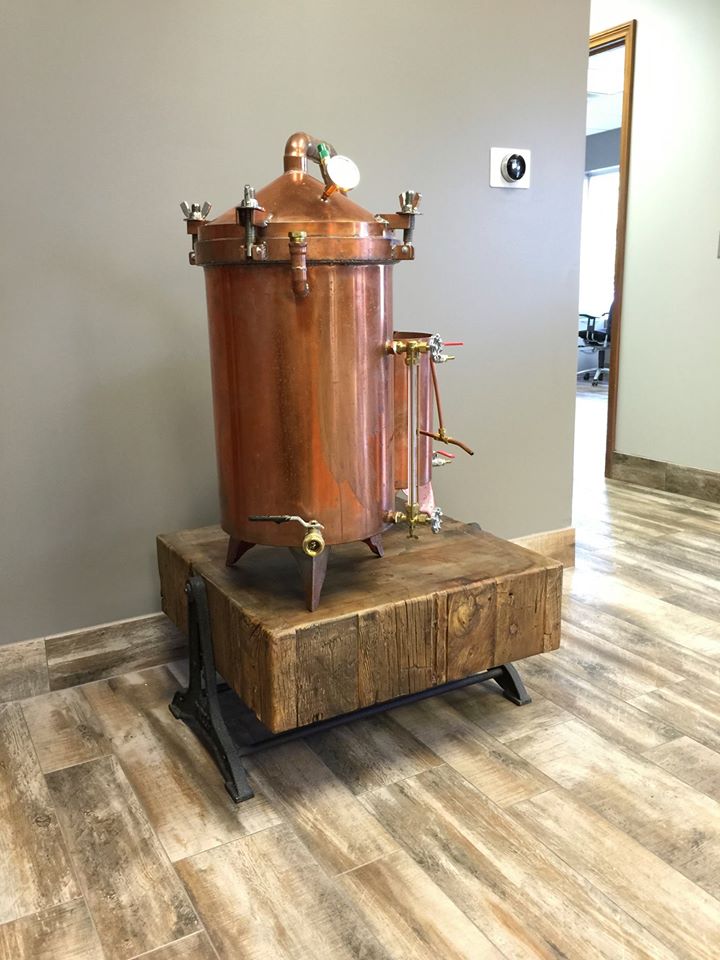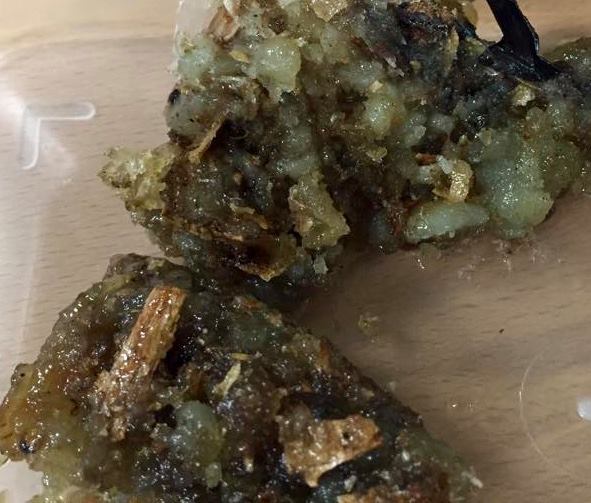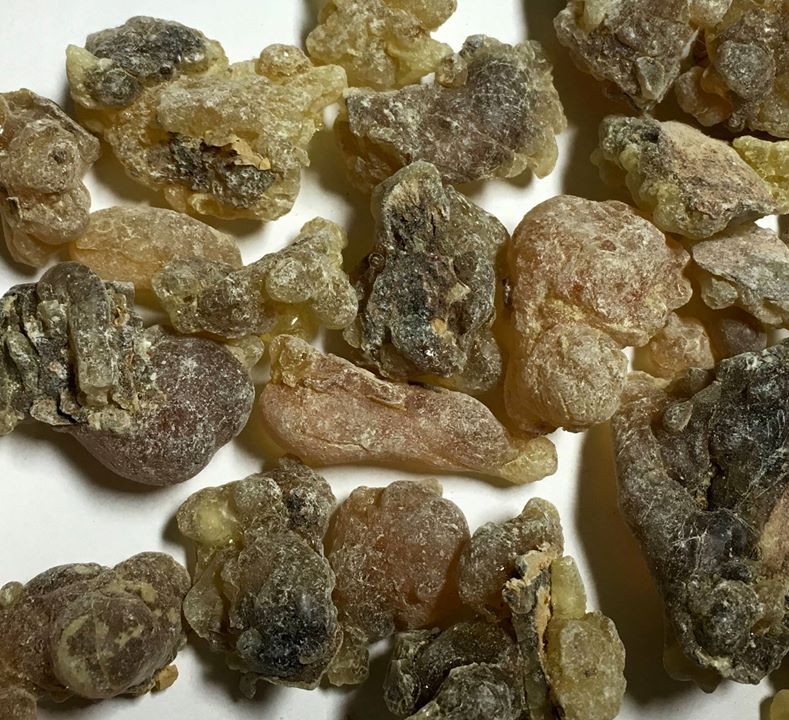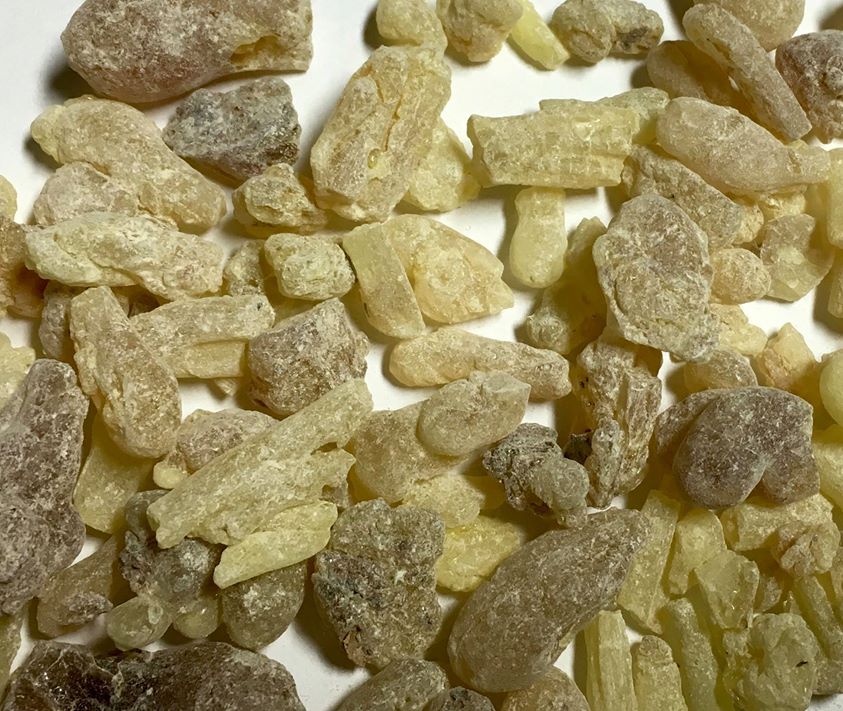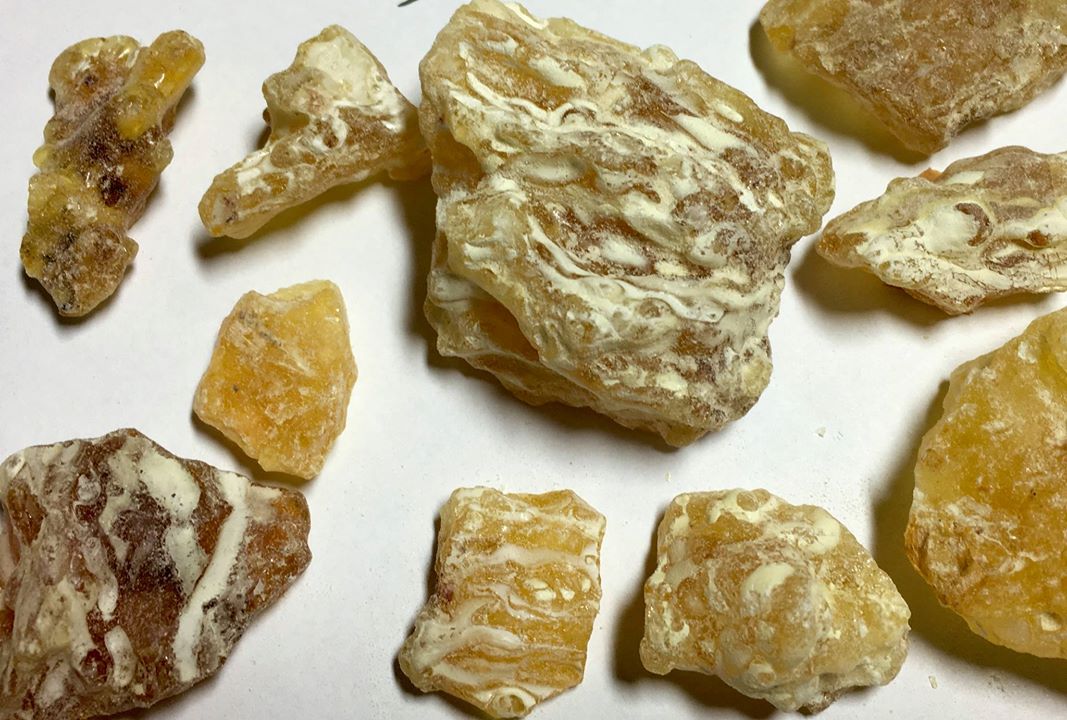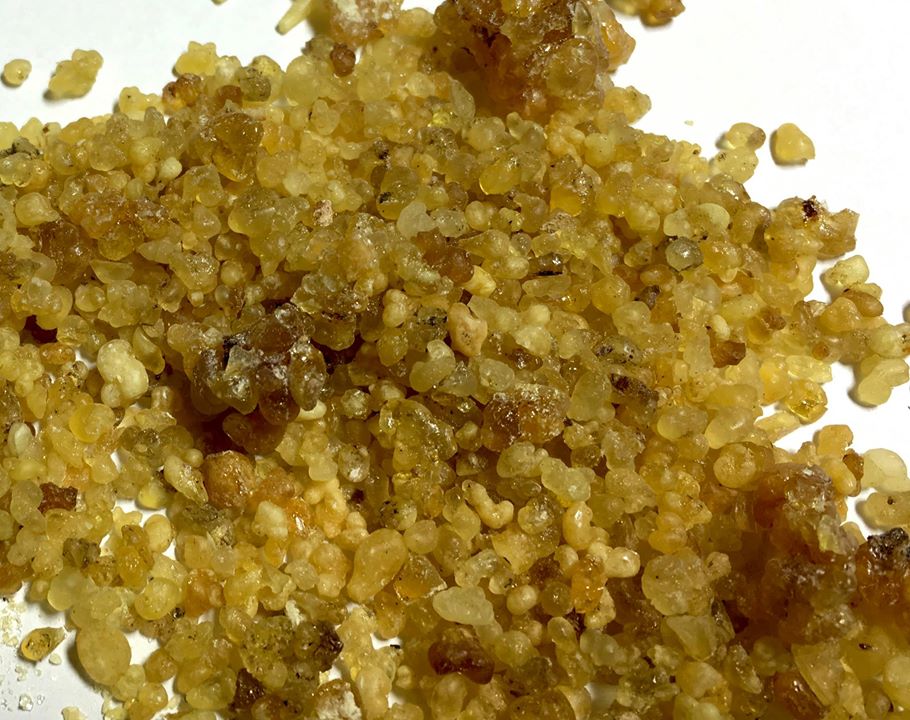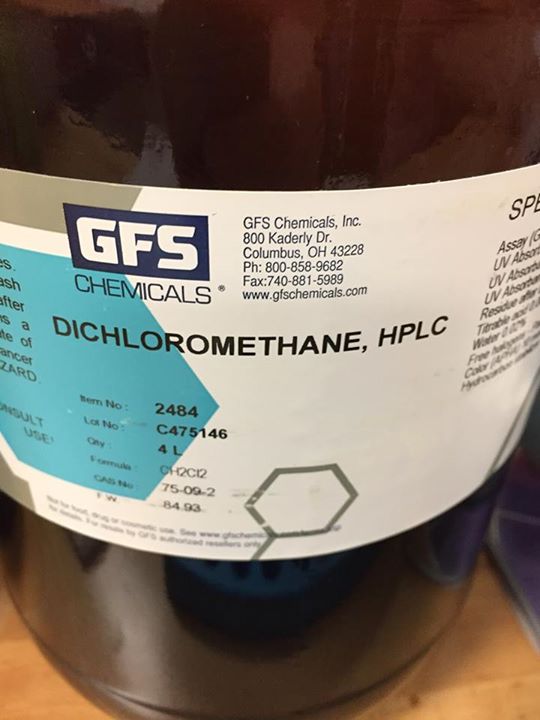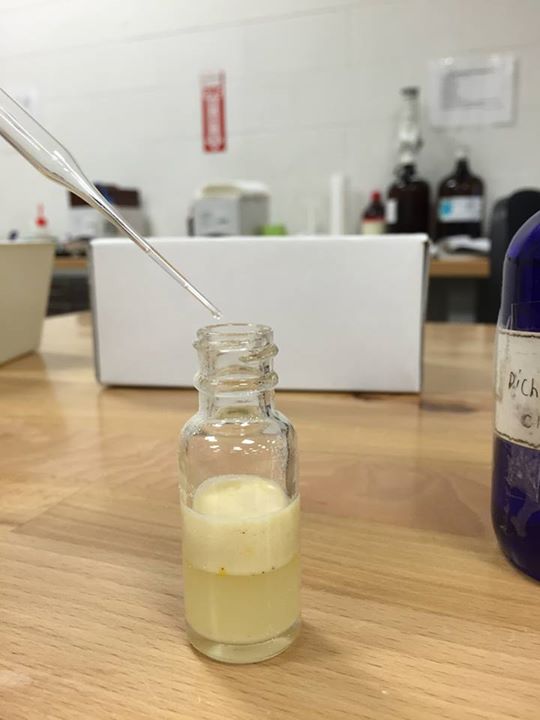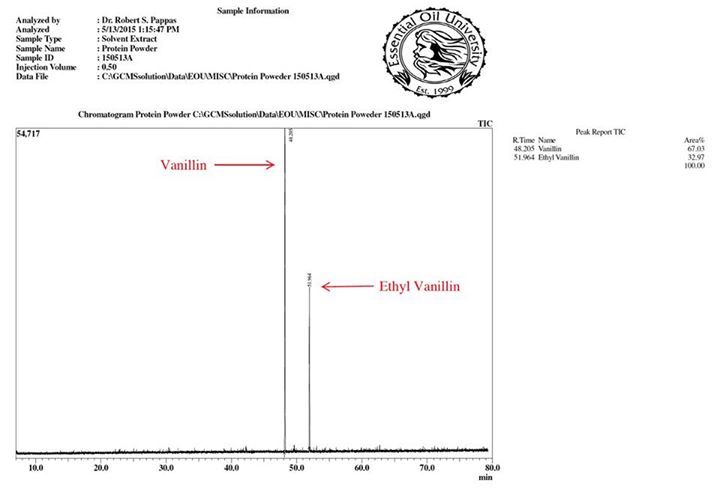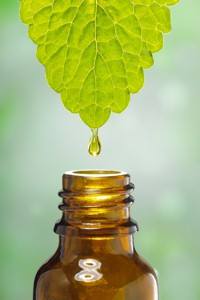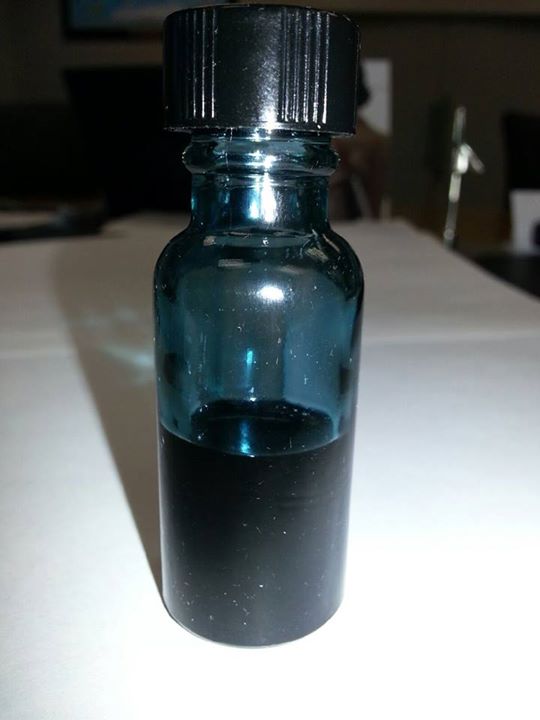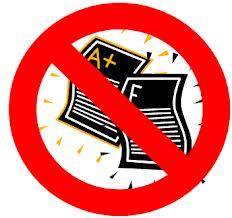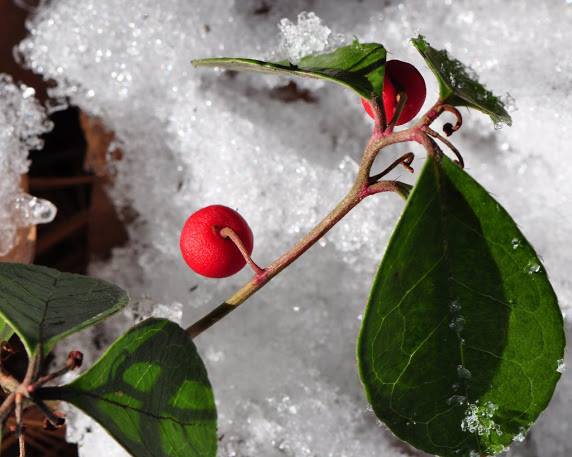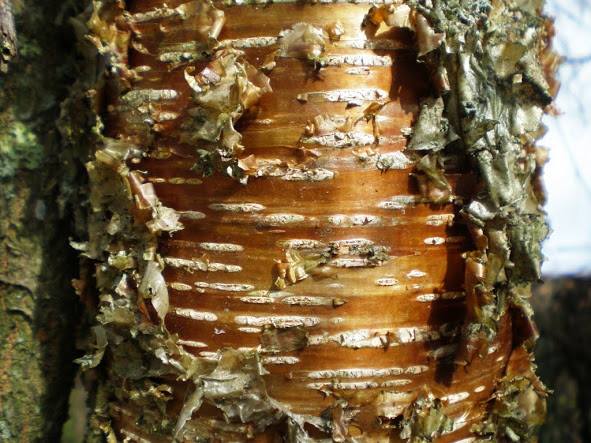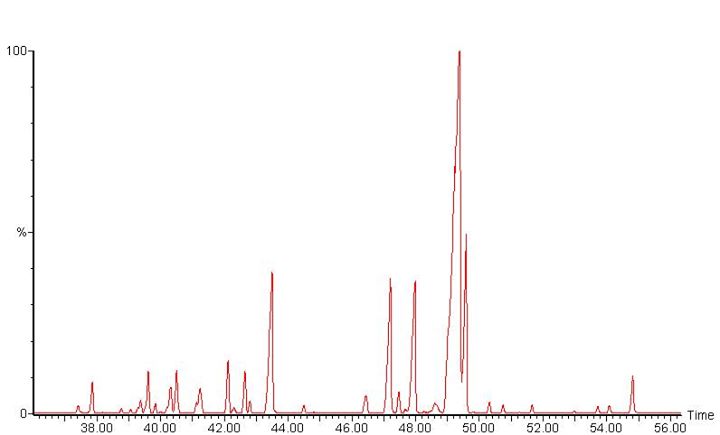Many people are really confused by all the CBD products on the market now and all the terms being thrown about on the various labels: extract, distillate, full spectrum, isolate, crystal, etc. This along with the morass of information about what concentration to take and what exactly CBD is good for is enough to confuse most average consumers so I thought I would take some time to give my followers a quick layman’s guide to understanding CBD products and how to compare apples to apples when it comes to making buying decisions.
First it’s important to understand the process on how the various CBD ingredients are made so you know what to look for on CBD product labeling. Cannabidiol, or CBD as it’s commonly referred to, is one of many cannabinoids that can be extracted from various parts of the Cannabis plant with the flower or “bud” being the richest source of cannabinoids. Some people will say that most CBD comes from hemp, but hemp is Cannabis and there are various opinions about when to call it hemp and when not to, but it’s all from the genus Cannabis (primarily Cannabis sativa). For this reason I just refer to all of it as Cannabis, even though hemp seems to be a more socially acceptable term, but let’s not digress into those arguments. The best quality and production process for CBD is from the dried flower grown from genetic strains of Cannabis that naturally produce very high levels of CBD and low levels of THC (the cannabinoid that gets people high). It’s important to realize that CBD has none of the psychoactive effects that THC has and why CBD was ever on the list of Schedule 1 drugs is really quite ridiculous. It’s recently been changed to Schedule 5 (prescription only) which is also ridiculous because this natural product is not harmful at all and certainly much less dangerous than even simple non-prescription drugs like ibuprofen. But when Big Pharma gets in bed with Big Government to control an industry, this is the insanity that we get, all in the name of the public safety, but ironically it’s the public who suffers as a result.
CBD can be solvent extracted from the plant material by various methods and various solvents such as ethanol, butane, propane, CO2, etc., with each method having its unique parameters for the setup. Out of all the methods, the best one, in my opinion, is CO2 extraction and generally considered the method of choice, but its also the most expensive from a an initial setup and equipment standpoint. The reason I like CO2 is because it’s the most environmentally friendly and produces the cleanest product possible. Carbon dioxide (CO2) is everywhere, a gas at normal conditions, we exhale it with every breath. But when you compress it to the the appropriate conditions of temperature and pressure you can force CO2 into liquid form (thus the high equipment costs, see picture below) where it is quite an excellent solvent for pulling out desirable compounds from plants. Once the extraction with CO2 is finished the CO2 can be almost completely recovered by bringing the system back to atmospheric conditions where the CO2 gas simply flash evaporates. So a CO2 extract is really the only kind of solvent extract that will be completely free of any solvent residues.

Industrial sized CO2 extractor.
THE FIRST LEVEL - CRUDE EXTRACT “MUD”
Once the dried cannabis flower is extracted by CO2 it pulls out all the desirable cannabinoids from the plant matter but pulls out some additional things as well such as some chlorophyll, plant waxes etc. In the essential oil and aromatic materials industry we refer to this crude CO2 extract as a CO2 Total. In the cannabis world they typically refer to the the CO2 Total as the crude “mud” since the product literally has the look and consistency of mud, a brownish green semi solid material.
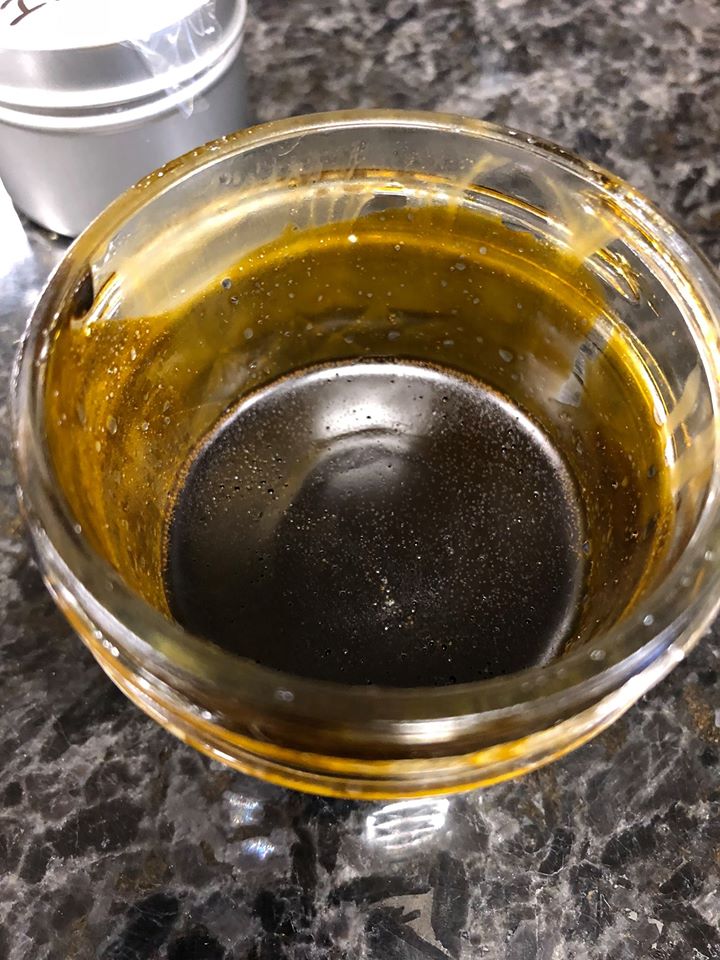
The crude CO2 "mud" from the first stage of the extraction process.
The crude mud we produce is typically about 60% CBD and maybe 1-3% THC. This product can be used to make a full spectrum CBD oil as long as it’s diluted to get the THC below the federal limit of 0.3%. For example, the crude mud is what I use to make my very first CBD formulation which is known as Dr. P’s Mint Miracle , where I diluted the mud in fractionated coconut oil (FCO) to get the CBD level to 750mg per 30ml bottle and flavored it with organic peppermint and vanilla CO2s. The product is produced from certified organic cannabis and is the best tasting CO2 oil made from the crude mud on the market. The biggest challenges for products being formulated from the crude mud are limited solubility and getting the odor and flavor palatable to the consumer. The crude mud has an oily consistency and that cannabis odor and flavor that many people don’t want. If you put a little of the straight crude mud on your tongue it feels a bit like oily tar and takes forever get it off your tongue and very bitter tasting. With the right combination of peppermint in vanilla I was able to make this product taste very good, considering what has to be covered up. The advantage of using the crude mud is that it will be the lowest cost of all the three levels of extracts that are used because its the least processed. In addition, people who want the “most natural” product possible tend to want the oil made from crude mud because it’s really the most complete profile of the cannabis plant, it has basically everything in it including terpenes, cannabinoids, waxes and chlorophyll.
THE SECOND LEVEL - DISTILLATE
From the crude mud we can make the next level of CBD known as Full Spectrum Distillate. Basically, you take the crude mud and distill over the terpenes and cannabinoids by heating the mud under stirring and very high vacuum, collecting these desirable fractions as they come over. Extremely reduced pressure is needed to reduce the boiling temperatures or else all the cannabinoids would be destroyed during the process. The terpenes are usually collected first, in a separate vessel, because they have their own value to be sold for the vape market and other applications. Every strain of cannabis has its own unique terpene profile that gives the strain it’s unique odor and flavor and it’s the terpenes that can give the various strains their wide variety of reported therapeutic effects, many times referred to as the “entourage effect”. These terpene profiles are so important that it lead me to starting the Terpene Division of EOU which is dedicated to the production and sale of the various terpene profiles as well as individual terpene isolates at https://www.essentialoil.university .
Once the terpene fraction is finished collecting, the cannabinoid fraction starts to come over and this product is a thick, honey like oil, typically golden in color (see below). It will contain the full range of all the cannabinoids in the plant, thus the term “Full Spectrum.” Our full spectrum distillate is typically around 80% CBD and about 2-3% THC, which is why it always has to be diluted down in FCO to get the THC to the appropriate level of less than 0.3%.
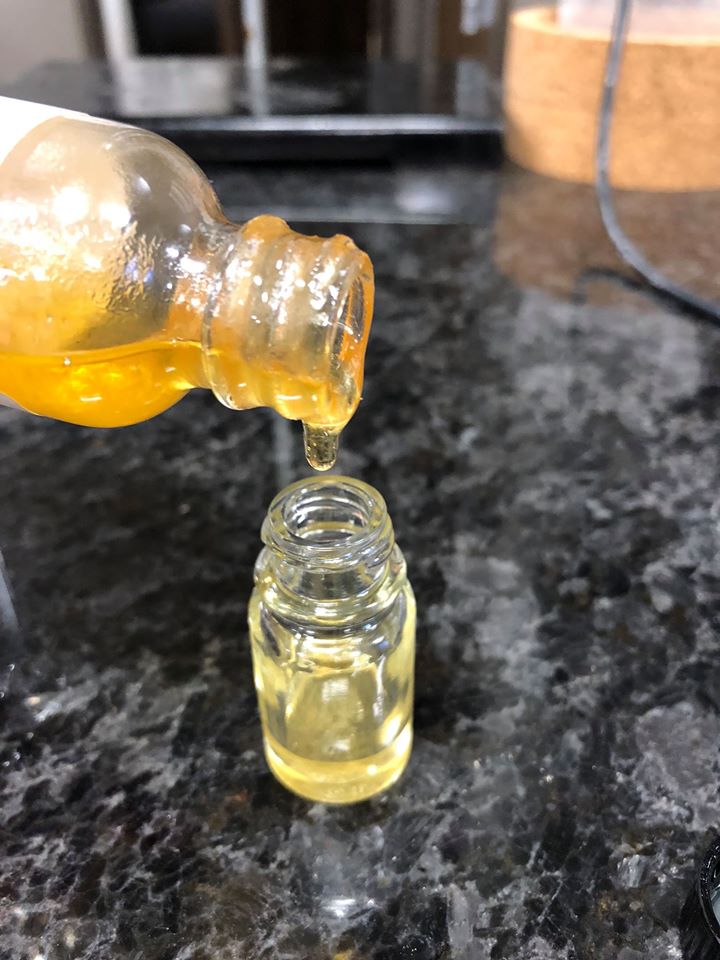
Full Spectrum Distillate oil with 80% CBD.
There are a variety of cannabinoids other than CBD and THC in the full spectrum oil including CBDV (Cannabidivarin), CBG (Cannabigerol), CBN (Cannabinol), CBC (cannabichromene), etc. to name some of the more important and prevalent ones. Formulating with the full spectrum distillate is much easier than using the crude mud in that it dissolves really nicely in FCO to make a homogeneous clear solution and the flavor is much easier to cover up and even an unflavored product can be tolerated, and perhaps preferred by some who like the mild cannabis flavor imparted by minute amount of terpenes that accompany the cannabinoids during early collection of this fraction. My line of products made with this full spectrum distillate is called the Golden Coeur CBD oil , coeur is French for heart and this oil really is the heart of the crude mud extract. This line of product can be flavored with just about anything and so far I have really nice and potent 2000mg per 30 ml concentrations in Wild Mountain Berry and Vanilla Mint and Chocolate Mint flavors. The full spectrum product is basically all the goodies that you want from the oil concentrated into a very usable and desirable form, without the stuff that can make formulations more challenging. Some people are now offering what they are calling a “Full Spectrum oil, THC free” whereby they have removed the THC, but it’s really sort of an oxymoron to use the term full spectrum for a product that is missing one of the most important cannabinoids and the “full spectrum” designation should not be used for such products because it only confuses things more. Research has been finding that a little THC can improve the effectiveness of the CBD, again the entourage effect in action.
THE THIRD LEVEL - ISOLATE
Third and final level of CBD processing is where we isolate the pure CBD itself. Through various crystallization and/or chromatography techniques we can isolate 99.8%+ pure crystalline CBD that is free from THC and just about everything else. This product is a fine white powder that is odorless and flavorless. I typically sell this product in small quantities for $20/gram, with much deeper discounts for larger amounts.
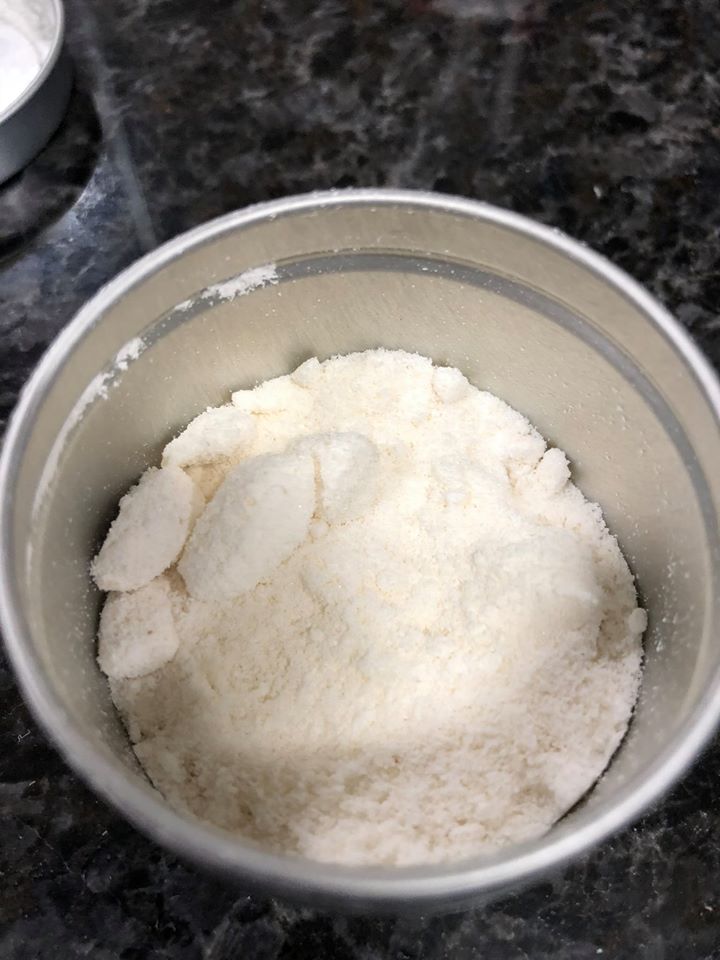
99.8% pure CBD powder.
The pure CBD is better from an odor and flavor perspective in final products and using this material we can make basically any flavor CBD oil that you want. The pure isolate is great for people who want a THC free product that can be flavorless or have an amazing flavor like the chocolate mint version that I just recently formulated for distributors. The isolate can also be made into a water soluble version through a proprietary process, which has great potential for health drinks. In addition, the isolate is invaluable for making my new pet line of products because the biggest challenge to getting dogs to take the drops is the odor and flavor have to be enticing to them and using the other extracts can make it less appealing. I recently developed Dr. P’s Doggie Drops which have 300 mg of CBD in FCO with the really nice bacon flavor that dogs love.
The disadvantages of using the isolate are that it’s a little more difficult to dissolve in the carrier oils than the distillate and you have to be careful when buying isolate because there is a large amount of very cheap synthetic material on the market from China. We here at EOU have methods of determining when the CBD is from a natural or synthetic source and have been doing testing in this realm for companies wanting to get a “Certificate of Naturalness” to prove the material they are buying is actually from cannabis, with all the synthetic material now coming on the market.
Hopefully this article has cleared up some of the confusion about the various types of CBD products out there and can help some of you with what to look for when making your buying decisions. Whenever buying a product from a vendor you know nothing about, be sure to ask them for a certificate of analysis and make sure that the report shows the % CBD that is in the product. A report is especially important for the Full Spectrum oils because many companies are selling products made with cheap isolate from China and calling them “Full Spectrum.” It’s very easy to expose this fraud because when you analyze these products because CBD is the only cannabinoid that shows up and all the other cannabinoids are missing. CBD can be an amazing life enhancement tool as long as you are getting the authentic product, I know in my own experience of daily use of 1 dropper full, 3 times a day, my body feels younger than it has in many years and my joints have stopped cracking and popping altogether (my knees used to crack and pop constantly), I also sleep better and heal better after workouts. CBD is the closest thing to a fountain of youth that I have ever found, that actually works with real chemistry behind it, but you have to get the real products from reputable companies and stay away from the frauds. If you get the wrong stuff it will either not work or could even make you sick https://www.cbsnews.com/news/52-people-sickened-by-fake-cbd-oil-in-utah/ . Under no circumstances should anyone buy CBD oil on Amazon, EVER!
Good luck and good health!
Dr. P


